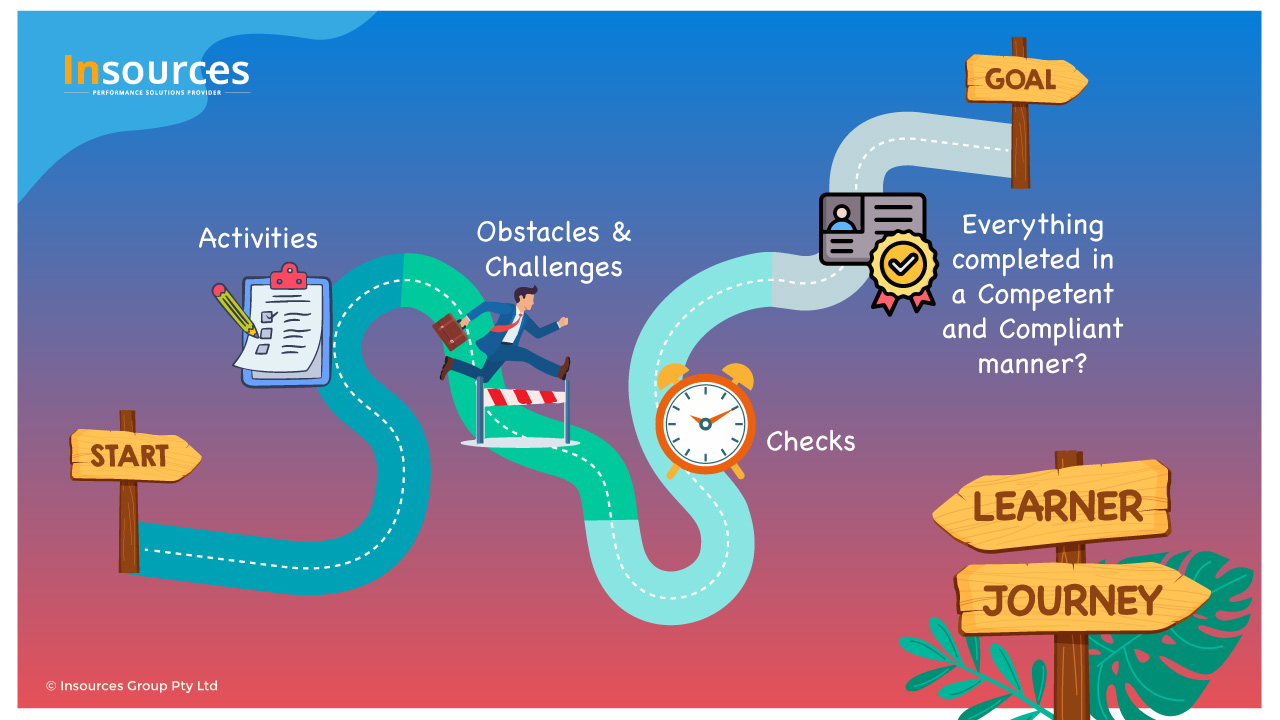.jpg)
A quality audit can be described as a systematic, planned approach to the assessment of compliance or quality and whether or not requirements are being met. However, there are a range of reasons for performing audits which will vary across registered training organisations (RTOs).
The major reasons for conducting audits are:
- Compliance (with the AQTF/VQF, ISO, etc.)
- To ensure that system procedures are followed
- To ensure that activities are recorded accurately and disseminated correctly
- Contract compliance
- Evaluation (learner and employer) of training products and services
- Effectiveness of the quality system and education produces and services
- Opportunities for improvement
Since the implementation of the AQTF in 2007, and the VQF in 2011, the focus has moved substantially from auditing compliance to auditing outcomes. While this is the age of a new era, this learning guide will still have some focus on achieving compliance for the simple fact that if you have in place a procedure or action it should be systematic and you should be following it.
Audits are not designed to single out persons or processes and lay blame but to manage quality within an RTO regardless of whether they are internal or external.
Quality audits are intended to determine the extent to which your quality system:
- Achieves its objectives including quality of the outcomes of the training offered by your RTO
- Conforms to your requirements and procedures
- Complies with relevant regulatory requirements
- Meets client’s expectations
- Conforms to a recognised quality standard (AQTF/VQF)
Quality audits also are designed to improve the efficiency and effectiveness of your quality management system and gauge the satisfaction of clients with the services provided by your RTO.
Barriers to Continuous Improvement
As a manager of quality within a RTO, you need to be aware of barriers that industries or organisations can place in the way of continuous improvement. This well help you deal with difficult situation as they arise.
Common barriers relate to:
- Lack of systems to support continuous improvement e.g. policies and procedures, systems to document continuous improvement processes, methods for gaining customer feedback, processes for training or retraining staff.
- Lack of management commitment, which can lead to inadequate staff or financial resources being allocated to continuous improvement activities
- Lack of commitment by staff to continuous improvement often due to a limited understanding of the relevance of continuous improvement to them
- A she’ll be right” attitude by staff and management which shows that the organisation has a culture where planning is not valued and where there is resistance to change
Change Management
Because continuous improvement is part of a change process, it is important for people who are involved in change to understand:
- The need for change
- The processes that lead to change
- Their part in the change process
People are often threatened by change, especially if they feel it is imposed on them. It is your responsibility to help them work through change constructively and actively. You will need to:
- Help them understand how continuous improvement affects them – communicate openly with them and present information in a way that makes sense to them
- Give them plenty of opportunities to ask questions and discuss issues
- Listen to them – listen to their concerns and encourage them to talk about the concerns they don’t articulate. If you can address their concerns, do so. If you can’t, explain why you can’t.
- Involve them in each step – from identifying opportunities for improvement to developing plans for improvement and reviewing these plans
- Use these people as a resource – you can learn a lot from them
- When introducing change, look out for people who are enthusiastic and who want to be involved – they can help you work with people who are less positive
What should be audited?
When conducting quality audits, auditors are not only auditing the system but the processes that are carried out and achieve the goals stated in the process. The emphasis in the AQTF/VQF is not on determining whether or not a process is in place but whether or not it has been implemented and is effective in achieving the outcomes determined by the RTO and those outcomes sought by industry. It is not satisfactory to simply review a policy or procedure and not address its implementation, nor would it be considered appropriate not to discuss the functions and outcomes with the users of the policy or procedure.
A procedure is audited by verifying compliance to the written procedures, checking to see if who does what, when, where and how is the same. Additionally, the auditor should check to see the effectiveness of how the requirements are being met and looking for opportunities for improvement.
If you want to improve your skills in quality management and compliance, in particular, planning and performing internal audits within an RTO environment, you should consider registering for the Internal Audits and Continuous Improvement workshop.




